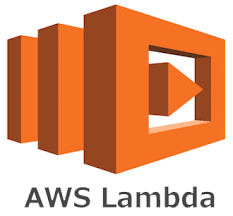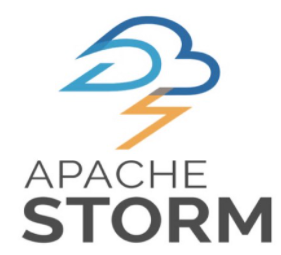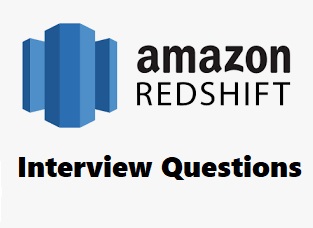36. Can I use threads and processes in my AWS Lambda function code?
Yes. AWS Lambda allows you to use normal language and operating system features, such as creating additional threads and processes. Resources allocated to the Lambda function, including memory, execution time, disk, and network use, must be shared among all the threads/processes it uses. You can launch processes using any language supported by Amazon Linux.
37. When should I use AWS Lambda versus Amazon EC2?
AWS Lambda makes it easy to execute code in response to events, such as changes to Amazon S3 buckets, updates to an Amazon DynamoDB table, or custom events generated by your applications or devices. With Lambda you do not have to provision your own instances; Lambda performs all the operational and administrative activities on your behalf, including capacity provisioning, monitoring fleet health, applying security patches to the underlying compute resources, deploying your code, running a web service front end, and monitoring and logging your code. AWS Lambda provides easy scaling and high availability to your code without additional effort on your part.
38. Can I access the infrastructure that AWS Lambda runs on?
No. AWS Lambda operates the compute infrastructure on your behalf, allowing it to perform health checks, apply security patches, and do other routine maintenance.
39. How should I choose between AWS Lambda and Amazon Kinesis Data Analytics for my analytics needs?
AWS Lambda allows you to perform time-based aggregations (such as count, max, sum, average, etc.) over a short window of up to 15 minutes for your data in Amazon Kinesis or Amazon DynamoDB Streams, over a single logical partition such as a shard. This gives you the option to easily set up simple analytics for your event-based application without adding architectural complexity, as your business and analytics logic can be located in the same function. Lambda allows aggregations over a maximum of a 15-minute tumbling window, based on the event timestamp. Amazon Kinesis Data Analytics allows you to build more complex analytics applications that support flexible processing choices and robust fault-tolerance with exactly-once processing without duplicates, and analytics that can be performed over an entire data stream across multiple logical partitions. With KDA, you can analyze data over multiple types of aggregation windows (tumbling window, stagger window, sliding window, session window) using either the event time or the processing time.
AWS Lambda Amazon KDA
Tumbling Window Yes Yes
Stagger Window No Yes
Sliding Window No Yes
Session Window No Yes
Enrichment No Yes
Joint input and reference tables No Yes
Split input stream No Yes
Exactly-once processing No Yes
Maximum time window 15 mins No limit
Aggregation scope Partition/shard Stream
Time semantics Event time Event time, Processing time
40. Can I build serverless applications that connect to relational databases?
Yes. You can build highly scalable, secure, Lambda-based serverless applications that connect to relational databases using Amazon RDS Proxy, a highly available database proxy that manages thousands of concurrent connections to relational databases. Currently, RDS Proxy supports MySQL and Aurora databases. You can begin using RDS Proxy through the Amazon RDS console or the AWS Lambda console. Serverless applications that use fully managed connection pools from RDS Proxy will be billed according to RDS Proxy Pricing.
41. How is AWS SAM licensed?
The specification is open sourced under Apache 2.0, which allows you and others to adopt and incorporate AWS SAM into build, deployment, monitoring and management tools with a commercial-friendly license. You can access the AWS SAM repository on GitHub here.
42. What is Container Image Support for AWS Lambda?
AWS Lambda now enables you to package and deploy functions as container images. Customers can leverage the flexibility and familiarity of container tooling, and the agility and operational simplicity of AWS Lambda to build applications.











